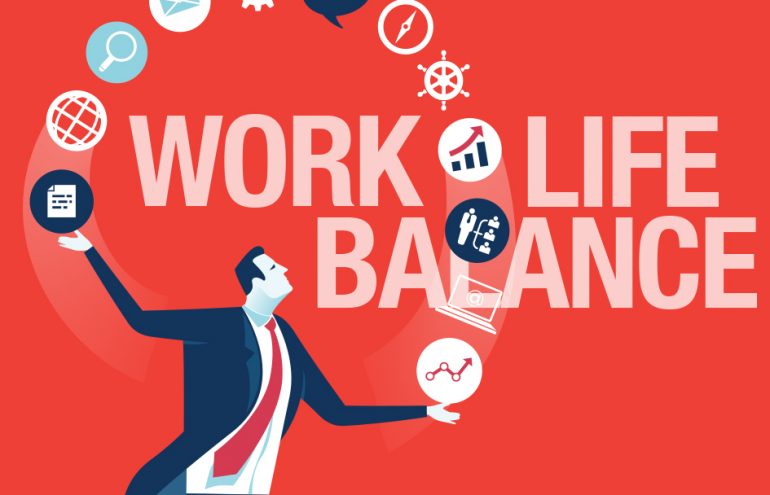
There are countless offsite SEO tactics you can use to promote your website. But what about onsite tactics? Have you thought through your strategy for earning more relevant web traffic, identifying the tactics that are within your control? Have you done everything possible to give your website the best possible chance of pleasing Google? Our team completed a study to better understand what specific onsite factors top-ranking law firm websites had in common. Here are five of the tactics we analyzed.
Originally published May 22, 2018
Blockchain is one of the hottest business buzzwords of the past year. Many associate it with cryptocurrencies, thanks to the explosion of bitcoin and its counterparts. However, blockchain has far broader implications that affect businesses across all industries — and the law is no exception. Lawyers who want to remain competitive in the modern business world need to develop an understanding of what blockchain is, how it works and its impact on business.
Originally published May 21, 2018
In recent years, a frustrating paradox has emerged: Far more legal technology is being built than ever before, yet somehow the justice gap in America keeps widening. A whopping 86 percent of low-income individuals who need legal help in the U.S. don’t receive it, disproportionately affecting women, immigrants and minorities. In an effort to explore how diverse entrepreneurs are represented within legal technology, I recently released the first data-driven study on diverse founders in legal tech.
May 18, 2018 0 1I haven't taken a vacation in over two years. In 2016, I took my dog Rosie to Flagstaff, Arizona, for a few days. We relaxed in front of the fire at our Airbnb and I spent an afternoon at a ropes course. It was so wonderful to have a break from being a lawyer. I'm sure I'm not the only lawyer who has trouble getting away. So I asked other lawyers for their thoughts on vacations.
Originally published May 17, 2018
Novelists such as John Grisham and Meg Gardiner, to name two, are certainly at the top of the publishing heap when it comes to lawyers who have garnered international fame as authors. And let’s not forget those who have devoted their careers to writing legal treatises and manuals. Some even have their names as part of the book’s brand, for example, Kurzban’s Immigration Law Sourcebook. These authors contracted with medium- to large-scale publishers. But a growing population of lawyers is taking the self-publishing route — like best-selling romance novelist Louise Bay.
Originally published May 16, 2018
Across industries, we have repeatedly seen that innovative technology does not replace the unique value-add of humans. Still, the uncertainty of change can leave any profession anxious. A recent study found half of the lawyers at London’s biggest law firms believe AI and machine learning technologies will threaten their roles and lead to job cuts. It was a hot topic of discussion at last week's Northwestern University Pritzker School of Law conference, Beyond Our Borders: A Global Legal Innovation Summit.
Originally published May 15, 2018
Much time is wasted by our inability to focus our attention and effort on what is truly important. Whether due to distractions (email alerts, shiny objects, interruptions), difficulty prioritizing or basing decisions on how we feel (physically and emotionally), it's easy to lose sight of where our efforts are most needed. This leads to procrastination for some, while others feel like they're constantly working just to keep their head above water, always in crisis mode.
Originally published May 14, 2018
There's a saying that goes, “If you want something done, ask the busiest person in the room.” Many of us have been that person at one time or another or felt a pang of guilt or envy because we weren’t. As lawyers, we are expected to burn the candle at both ends. Successful lawyers not only do their work and handle their cases but are also active in their community and profession. And every successful rainmaker knows the key to bringing in new business is contacts and visibility! Unfortunately, the price of this success is often organizational burnout, stress, anxiety and depression.
Originally published May 9, 2018
Technology can be your ticket to a successful, profitable practice — or it can be a debilitating nightmare. Choosing and using technology well is essential to an efficient, growing practice with satisfied clients, a happy team — and a less-stressed attorney. If you haven’t reviewed your office's technology in more than two years, I can almost guarantee your practice's needs have changed and that your operations — and profits — are suffering.
Originally published May 8, 2018
Lawyernomics is one of the tentpole legal technology conferences every year. There are only a few other events at the intersection of law and technology that bring you a comparable combination of content, attendees, vendors and, of course, Vegas! The theme at this year’s Lawyernomics is “making connections,” so here are five ways you can make important connections at Lawyernomics 2018.
May 5, 2018 0 0